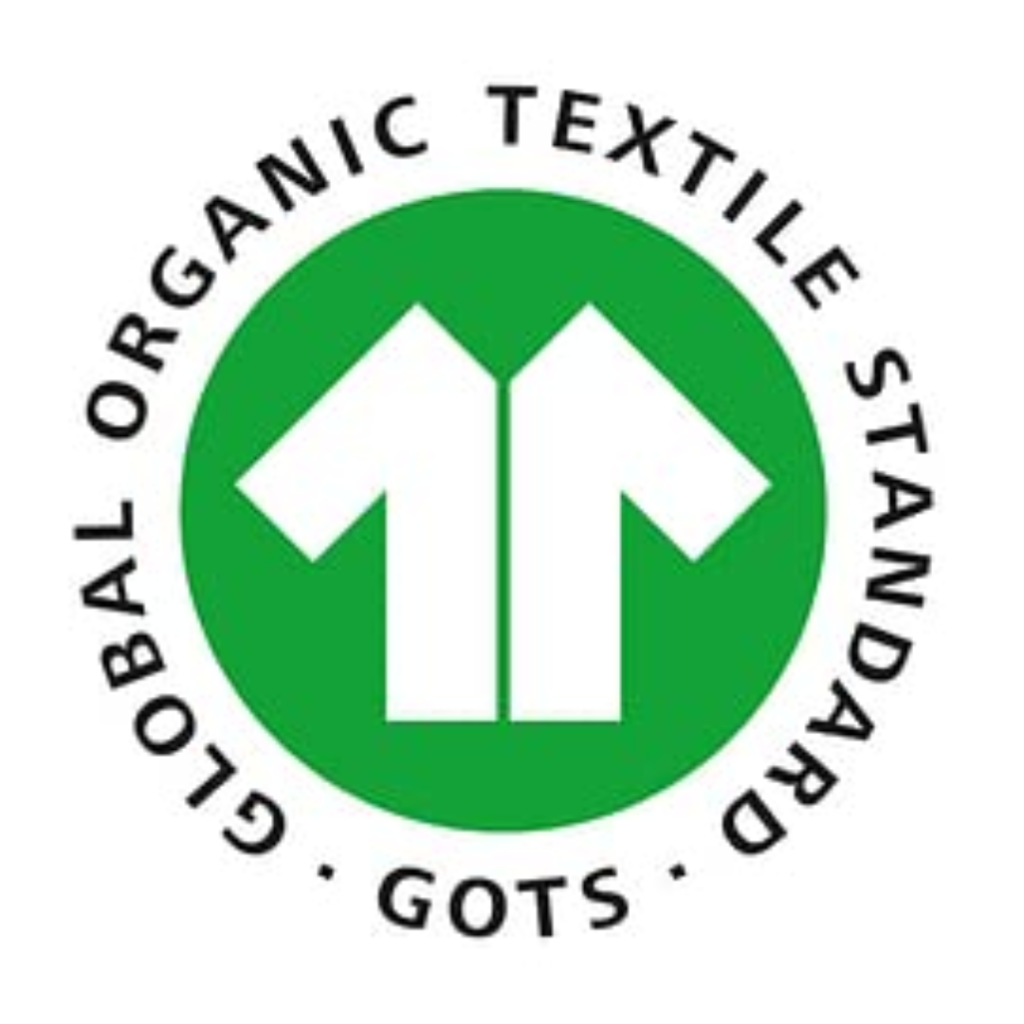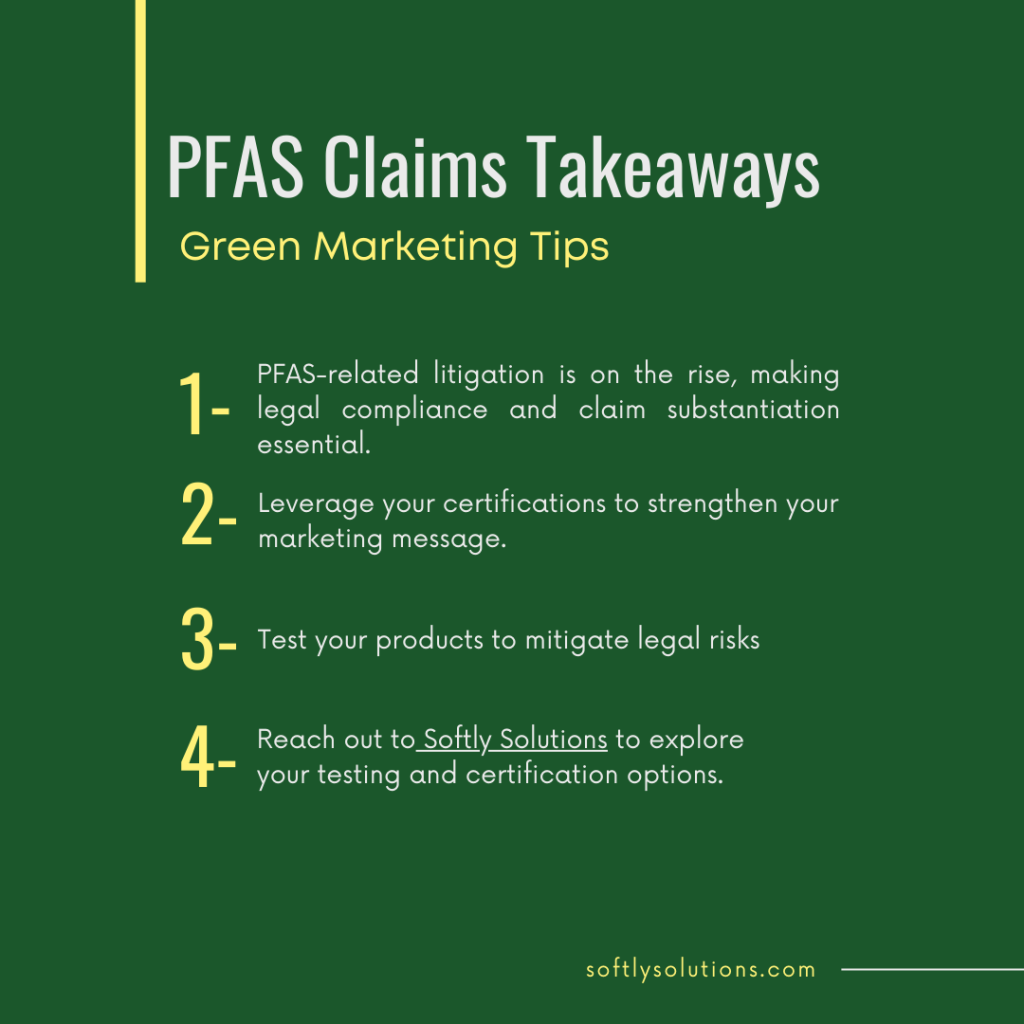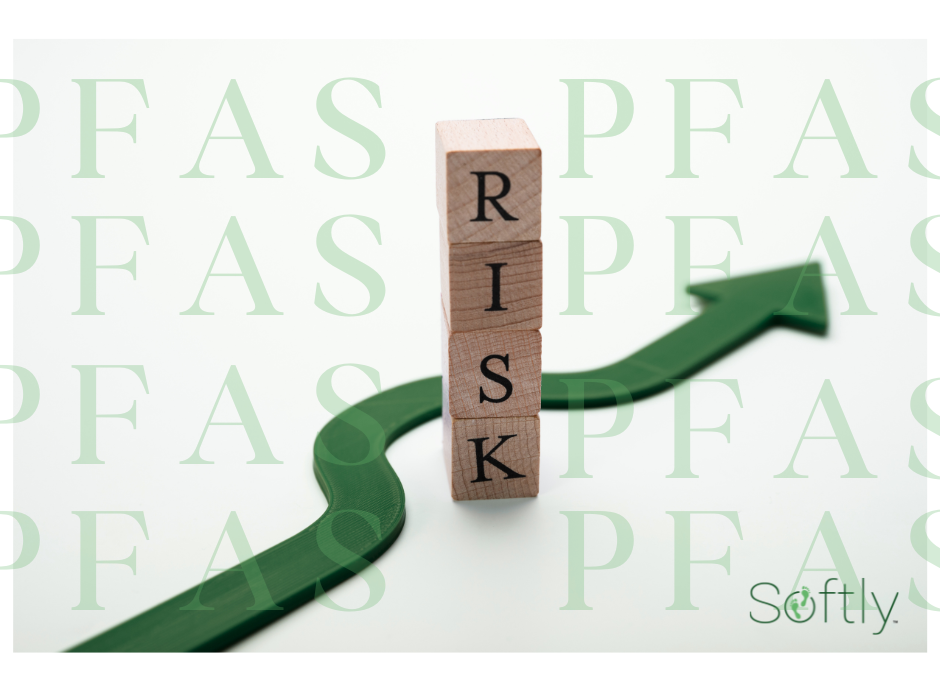Navigating the world of environmental claims can be tricky, especially when it comes to substances like Perfluoroalkyl and polyfluoroalkyl (PFAS). Even if you’re not using these chemicals in your products, your business could still face unexpected legal challenges. In this first installment of our series on the risks associated with PFAS and green marketing claims, we’ll delve into current lawsuits surrounding these issues and explore effective strategies for mitigating risks through thorough testing and legitimate certifications. Join us as we uncover the complexities of sustainability claims and how to protect your brand in this evolving landscape.
Understanding PFAS Risks
Per- and polyfluoroalkyl substances have been used for decades to make products stain-resistant, nonstick, grease-proof, and water-repellent. Commonly referred to as “forever chemicals,” these substances decompose slowly and can be found in various environments, including water supplies, soil, and even the human body. Due to their widespread presence, PFAS can enter the manufacturing process and contaminate your products through adulterated raw materials, tainted water, machinery lubricants, recycled materials, or cross-contamination.
Public awareness of the safety concerns related to PFAS chemicals has significantly increased in recent years, resulting in more legislation and lawsuits. Given these circumstances, it is crucial to ask: Have PFAS chemicals contaminated your products?
The Legal Risks
Many states are banning the intentional use of per- and polyfluoroalkyl substances. However, even unintentional PFAS found in products can be risky if your company makes green claims. Class action lawsuits have alleged that products promoted as “natural” or “clean” in the textile, cosmetic, and food and beverage industries actually contain PFAs, making the products unhealthy and even toxic. Although many lawsuits are being dismissed, the number of cases is increasing.
The Apple case is one of two filed against companies that manufacture smartwatches, alleging that the bands of the watches, which are marketed to promote a healthy lifestyle, contain PFAS. A case against Samsung was dismissed earlier this year, but the case against Apple is still pending.
GMO Free USA and Beyond Pesticides v. Saatva
GMO Free USA is a national non-profit organization that educates consumers about the dangers of GMOs, synthetic pesticides, and other toxins. They have been legally targeting misleading marketing techniques concerning the existence of PFAS, including claims made by the CAVA restaurant chain and Saatva mattresses. Their lawsuit against Saatva alleges deceptive marketing of crib mattresses as “safe,” “natural,” and “eco-friendly” when PFAS chemicals were detected. The mattresses had third-party certifications, demonstrating that the certification must match the claims. The Saatva case is pending.
Bedson et al. v. BioSteel Sports Nutrition Inc.
BioSteel faced allegations of misleadingly promoting their sports drink as pure, environmentally friendly, and beneficial for both consumers and the planet, despite it containing PFAS. This case was dismissed.
Mitigation Strategies
One effective way to minimize the risks of unintended PFAS in your product is to establish a thorough testing process. Engaging third-party laboratories specializing in PFAS detection can help ensure the reliability and accuracy of your results.
Additionally, consider obtaining certifications from reputable organizations like the UL GreenGuard or GOTS to enhance the transparency of your sustainability claims. These certifications validate your commitment to sustainability and boost consumer confidence in your product’s safety and environmental impact.
Sharing the results of your testing and certification processes on your website and marketing materials can further demonstrate your dedication to responsibility and safety.
Testing Solutions
Testing is one way to determine if your product has unintentional PFAS. Companies like UL Solutions offer testing for hazardous chemicals, including PFAS. Getting the right test for your product, however, is essential. In 2023, KnixWear was sued for falsely marketing its underwear as free of PFAS. KnixWear made its marketing claim of “100% free of PFAS, fluorine, or other toxic chemicals” based on testing by third-party labs. The lab used by the plaintiffs, however, detected PFAS chemicals using more sensitive detection limits. This case demonstrates that testing is only as effective as the detection limits used by labs. The settlement cost the company $1.4 million.
The KnixWear case illustrates that not all tests are created equal. You must ensure your tests are effective. If you are interested in exploring testing options as a way to determine your product’s PFAS level, reach out to Softly for options.
Certification Options
Your products may already have third-party certifications. If so, promoting them rather than using vague terms such as “all-natural” or “non-toxic” can help guard against false advertising claims. If your certifications specifically address PFAS, you can mention them in your marketing materials. Additionally, some organizations have begun offering PFAS certifications:
- Intertek offers two types of PFAS certification: “PFAS-free” and “Made without PFAS.” The certifications apply to consumer goods such as textiles, food packaging, and personal care products. They include testing a product’s fluorine levels.
- UL Solutions offers PFAS certification for plastics. This certification sets limits for fluorine content in tested materials.
- NSF has introduced a certification that labels food industry products as “PFAS-free.” Utilizing its laboratory and testing resources, NSF testing ensures that these products do not contain certain levels of PFAS.
While not offering PFAS-free certifications, several sustainable certifications have addressed PFAS in their guidelines. For instance, MADESAFE includes PFAS compounds on its list of banned and restricted substances for certified products, while GOTS (Global Organic Textile Standard) has established limits for certified products that may contain other fluorinated chemicals.

Obtaining sustainability certifications can be a valuable way to show your customers your commitment to excluding PFAS from your products. However, it’s important to note that these certifications do not exempt you from liability, as illustrated by the Saatva case. Ensure that you have scientific data to back up any claims you make. To learn more about which certifications may be suitable for you, contact Softly.

Conclusion
Consumers are aware that PFAS chemicals are ubiquitous, dangerous, and permanent. It is important to build and maintain your customers’ trust. In order to do this, steer clear of general safety statements and concentrate instead on detailing the specific testing, certification, or safety measures you have implemented.
Information provided is for general purposes only and not legal advice; consult a qualified attorney for personalized guidance. Softly disclaims any liability for actions based on this information.
